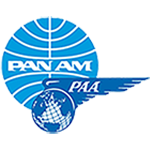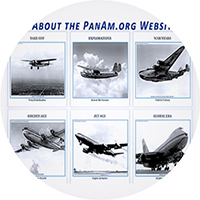ERA | PAN AM TAKE-OFF
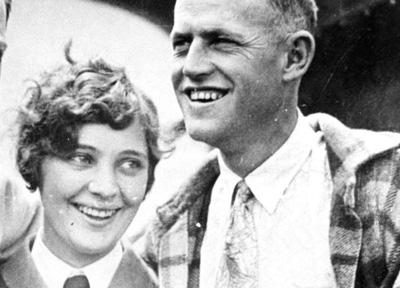
Lessons Learned: In the 1927 Dole Race to Hawaii, tragedy provided valuable lessons for the transpacific future of Pan American Airways.
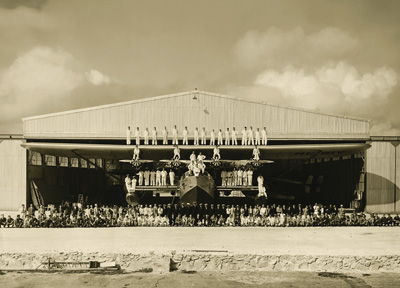
Pan Am's very first named Clipper, Sikorsky S-40 flying boat "American Clipper," shows Pan Am seaplane base personnel at Dinner Key, Miami, 1931.
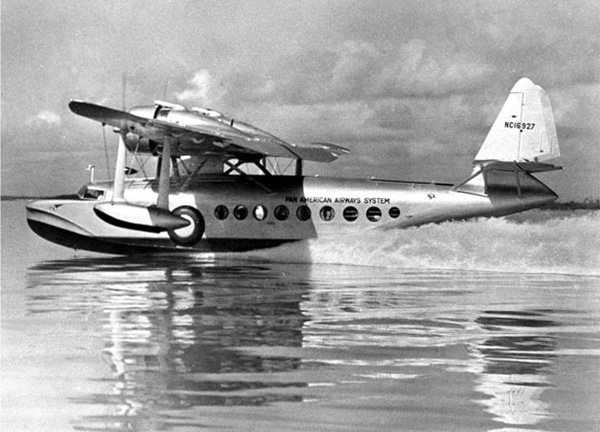
A View from Ketchikan: Pacific Alaska Airways, subsidiary of Pan American Airways, based on an article by Dave Kiffer (2006).
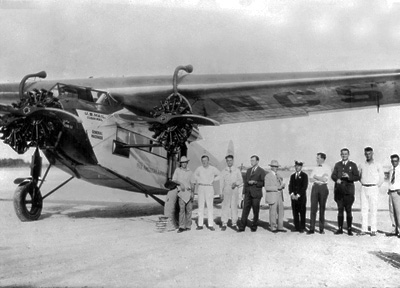
The 1928 loss of a passenger during the crash of Fokker "General Machado" from Havana to Key West marked the start of Pan Am's radio navigation. PDF
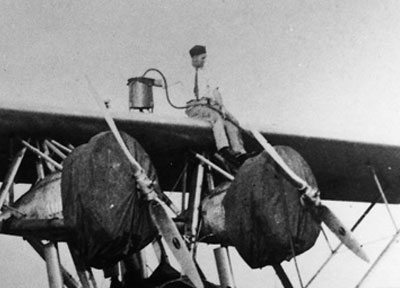
The "Pernambuco," a Sikorsky S-38 flying for New York Rio Buenos Aires (NYRBA) became a Pan Am plane when NYRBA was absorbed by Pan Am.
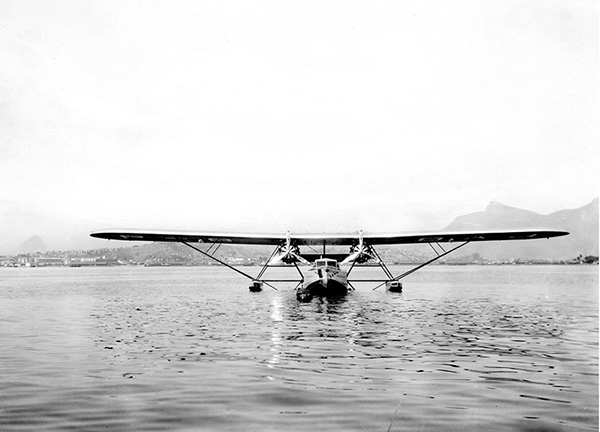
Racing down the South American East Coast: Starting on the "Lindbergh Trail," the new route became the foundation for Pan Am's spectacular growth.
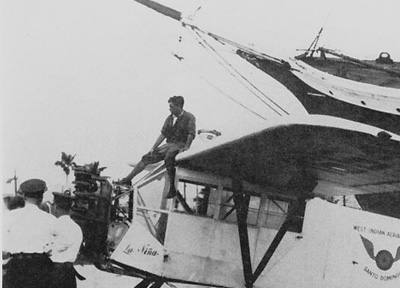
Preparations, anticipation, and deadlines: Pan Am's very first flight with Cy Caldwell piloting the La Nina, October 19, 1927 from Key West to Havana, Cuba.
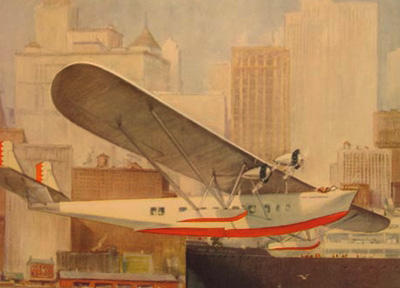
Ralph O'Neill's Magic Carpet: The Once and Future Commodore by Doug Miller.The story of Pan Am's Consolidated Commodores. PDF.
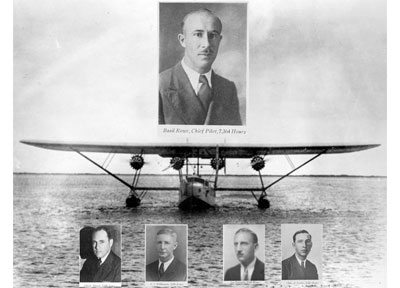
Basil Rowe: A First. Former barnstormer & airline owner chose to “fly by the book,” modeling Pan Am's “progressive” approach to commercial aviation.
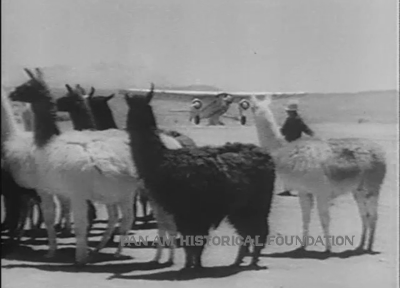
The Battle for South American routes: Pan American Airways and the New York, Rio and Buenos Aires (NYRBA) line, in 1930.
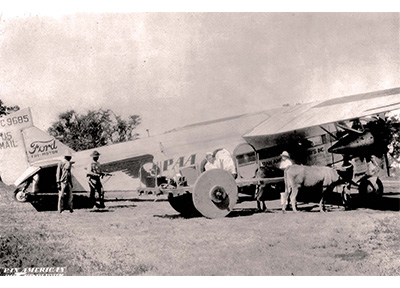
Keeping the Pan Am story alive falls to a generation of writers born after 1991. This article introduces new perspectives by Jack Seufert.
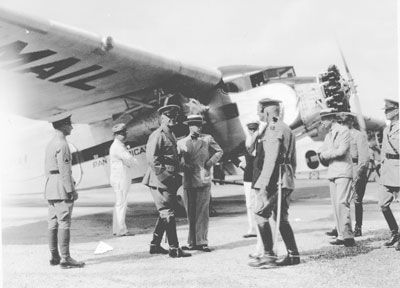
Feb.1931: A royal pilot, the Prince of Wales and his brother Prince George, accepted invitations from Pan American Airways & Pan American-Grace Airways.

A video history around the beginnings of international aviation in Miami: Pan Am Field's original Hangar Five, circa 1929.
